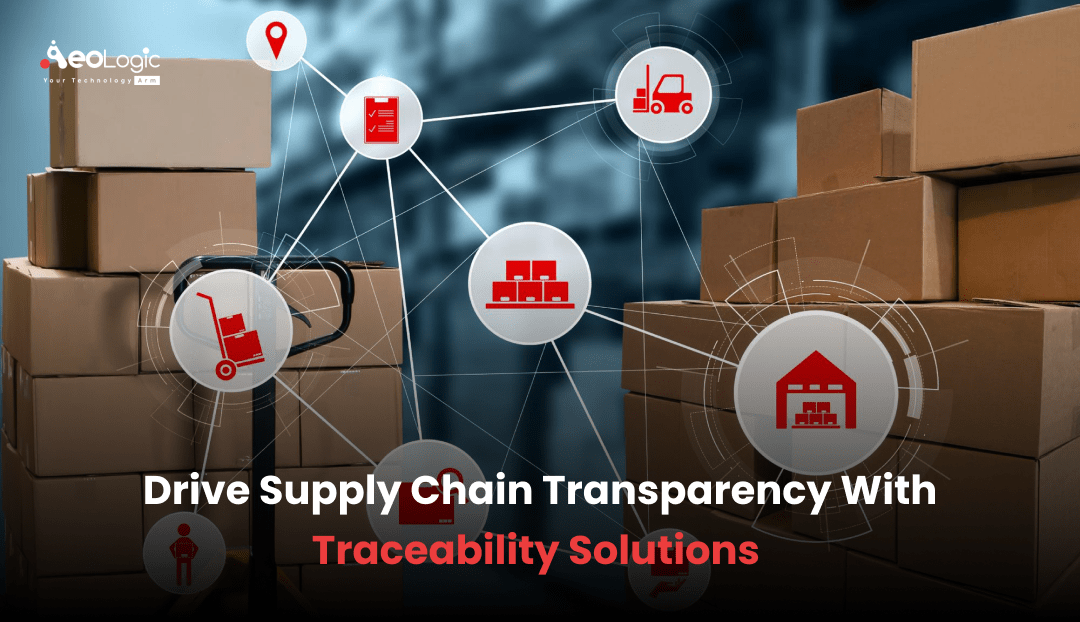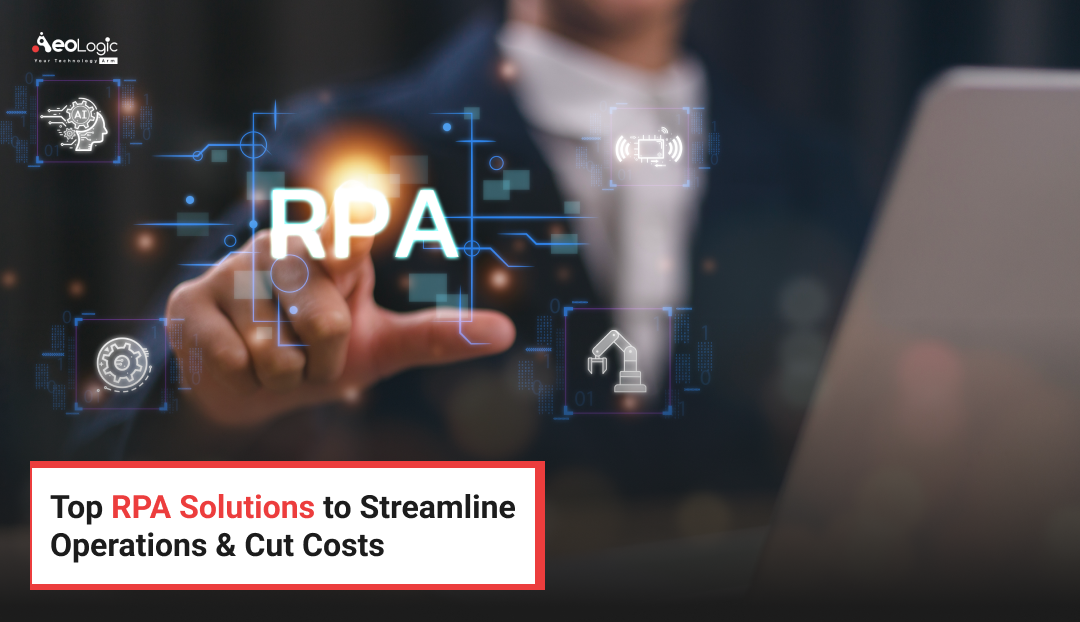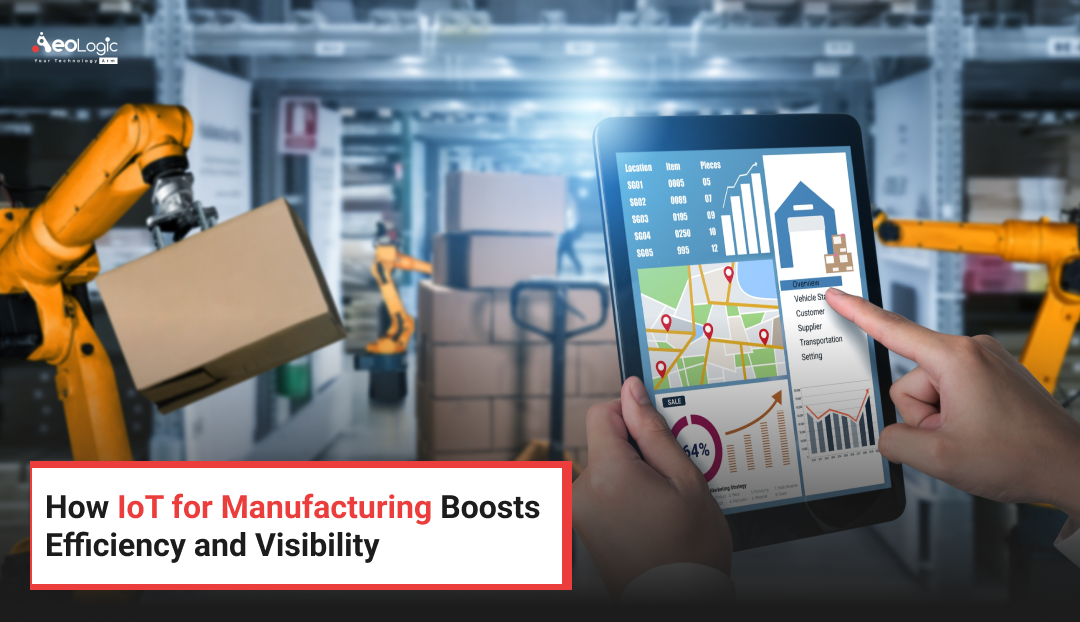By determining the origin and destination of goods, best traceability solutions aid in the recovery of lost value. They can assist in identifying overabundant suppliers managing merchandise and needless middlemen in the supply chain.
Global supply chains are becoming more complicated and fragmented, which puts multinational corporations at risk. For this reason, supply chain visibility is essential for all businesses, including OEMs, brand owners, suppliers of raw materials, and suppliers of intermediate goods.
Without effective supply chain transparency with traceability solutions, companies potentially expose themselves to risks, from which substantial legal, financial, and reputational damage could emerge.
In this article we will look at the various facets of supply chain transparency with traceability solutions.
What is Supply Chain Traceability?
Supply chain traceability is the process of tracing the provenance of products and their inputs, from the very beginning of the supply chain to end-use.
The accuracy of the data, including Origin, Composition, Processing History, Quality, Safety, and Labeling is ensured by the traceability of goods, parts, and materials. With these information at hand, businesses can improve customer service, spot wasteful resource use, innovate quickly, react to demand changes more quickly, and certify environmentally friendly procedures and goods.
Also Read: Cost-Effective Traceability Solutions For Medium-Sized Enterprise
Where do Traceability Solutions Integrate in the Supply Chain?
For traceability solutions to work effectively throughout intricate supply chains, businesses must import reliable, accurate, and meaningful data. To effectively accomplish this, businesses must consider what information from their product supply chain they want in order to precisely portray the path taken by their items, as well as how to motivate dispersed operators to enter correct data into their systems. There are many subtleties in how startups approach this space, we have outlined three primary categories by which traceability solutions can typically be segmented according to where and how they integrate across supply chains:
First-Mile
At the site of manufacturing, or the first mile of the supply chain, traceability solutions are beneficial. Understanding what data to collect and how to acquire it is crucial in this situation. For example, agricultural commodities often entail the most complex first-mile data and require thoughtful approaches to easily incorporate individual farmers into these supply chain initiatives.
Point-to-Point
Traceability solutions an also result from simply digitizing pre-existing connections between two or more supply chain players. The benefits of integrating these tools point-to-point vary based on the supply chain points that are engaged. For example, significant value can be generated by digitizing logistics and transportation within supply chains. Examine the case study on our portfolio firm, TradeLanes, on page 17 to learn how technology may be used in international trade to lower error rates, add value, and produce transparency.
End-to-End
Transparency and traceability tools commonly include digitizing and mapping all suppliers and real-time flow of products moving through the supply chain, from first-mile through to the end consumer. The quality of first-mile and point-to-point data is crucial for deriving value from end-to-end tools. This value is typically long-term and associated with overall strategy, which includes recognizing unanticipated hazards in supply chains and informing end users about product traceability.
Also Read: How Traceability Solutions Are Reshaping Industries In 2024?
How to Bring Supply Chain Transparency with Traceability Solutions?
A staggering array of novel technologies exists that mark products physically and digitally capture events and transactions during the product’s lifecycle. You should be aware that goods are normally tracked at the following levels as they move through supply chains:
- Lot-Level: Using a pallet of a combined good or raw material; this is frequently how food is identified.
- Item-Level: By specific things or products, which each display a unique tag.
With a few minor adjustments, any type of tag that is already on the market (such as RFID, QR, NFC, Bluetooth, and others) can be customized to fit the needs of the product or application. Alternatively, the tag could be innovative: some uses make use of altered DNA, dust cultures, or UV-legible watermarking that is applied specifically to goods. New scanning technologies must frequently be implemented throughout the supply chain to process novel tags, which can result in significant capital costs for the company putting the system in place. Lastly, some innovations employ pre-labeled, pre-existing tags paired with existing datasets to provide lot- or item-level tagging.
This occur in two ways:
Serialization of SKUs
By giving each product a unique serial number that is assigned to it, regardless of its batch or production run; this can be done by multiplying the number of SKUs by the amount of product in each SKU and then attaching that number to the product’s barcode.
Digitizing Current Data
By transferring digital records—such an excel or CSV file—that are used to create item-level traceability from pen and paper records, like the sales history data that is currently in place.
How do Traceability Solutions Helps to Track and Trace Products in Supply Chain?
Traceability solutions help to track and trace products in a supply chain by providing a way to record and follow the journey of products from origin to consumer. They often use physical tags linked to digital records. This ensures each product’s movement and status are well documented.
While some solutions utilize advanced technologies like blockchain for creating secure and unchangeable records. But you know what these high-tech approaches aren’t always necessary.
Any physical tag needs a digital ledger. Some technological advancements in this field tackle the issue by creating completely new blockchain ledgers or data infrastructures. While these solutions can be deployed efficiently for some use cases, neither bespoke platforms nor blockchain are a necessity for transparency and traceability.
Blockchain is often more powerful of a tool than is needed to generate the fundamental levels of transparency in a supply chain.
However, not every use case for supply chain transparency with traceability solutions will need these elements. For instance, a precise supplier list and basic mapping software are ideal inputs to help identify geographic bottlenecks and, consequently, climate-related risk in a supply chain. These elements can be hard to gather, and the “blockchain” buzzword for how to record the data can distract from the more meaningful data itself.
Also Read: The Importance of Traceability in Manufacturing: An Overview
Final Remarks
Supply chain transparency demands organizations to know what is happening upstream in the supply chain and to disseminate this information to the downstream stakeholders.
What information will you be transparent about, to whom, and when? That is how we define transparency.
Who: Who requires access to data about the supply chain?
What: What data is being exchanged, how is it being shared, and why?
When should the information be disseminated, and under what circumstances?
The degree of supply chain transparency with traceability solutions can vary from releasing a code of conduct to revealing traceability starting at the supply chain’s raw material stage. The degree of transparency you choose depends on your company.
Over time, increased supply chain transparency with traceability solutions can help organisations secure and maintain valuable partnerships, improve brand reputation, and increase consumer confidence.
Are you looking to implement technology into your business? If yes, so, please feel free to contact us at support@aeologic.com

I’m Deepika Pandey, an SEO strategist and content writer with 6+ years of experience. I create SEO-friendly content that drives traffic and engages readers. I combine data insights with creativity to help businesses grow their online presence effectively.







